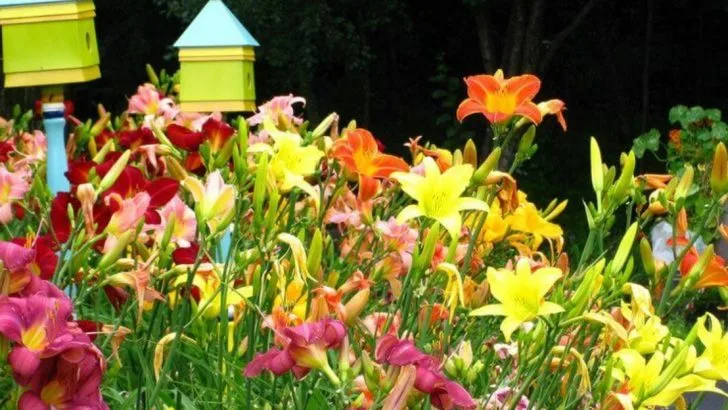Some flowers don’t just sit there looking pretty—they hustle. While the show-offs get all the glory, these quiet powerhouses are busy feeding pollinators, fighting weeds, and holding their ground in the heat. They bloom like they mean it. They ask for little. And they give back a whole lot. June is their time to shine, but most folks walk right past without a second glance. Not you. You’re about to meet ten floral legends that don’t just survive—they work. Let’s give them the spotlight they’ve earned.
Bee Balm
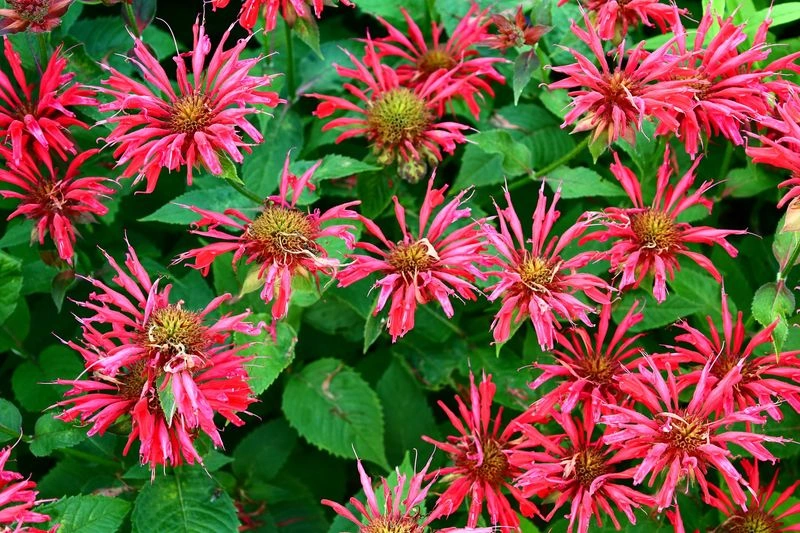
In June, bee balm bursts into color. Its crimson and pink flowers attract bees, butterflies, and hummingbirds. This perennial is not just visually stunning; its role in pollination is indispensable. Bee balm thrives in sunny garden spots. With its minty aroma, it’s a sensory delight.
Plant it for a garden alive with activity and scent. Historically, Native Americans used it for medicinal purposes. Today, gardeners appreciate its resilience. Despite its delicate appearance, bee balm is a garden workhorse, requiring minimal care. Its vibrant presence and ecological importance make it a must-have in June gardens.
Lavender
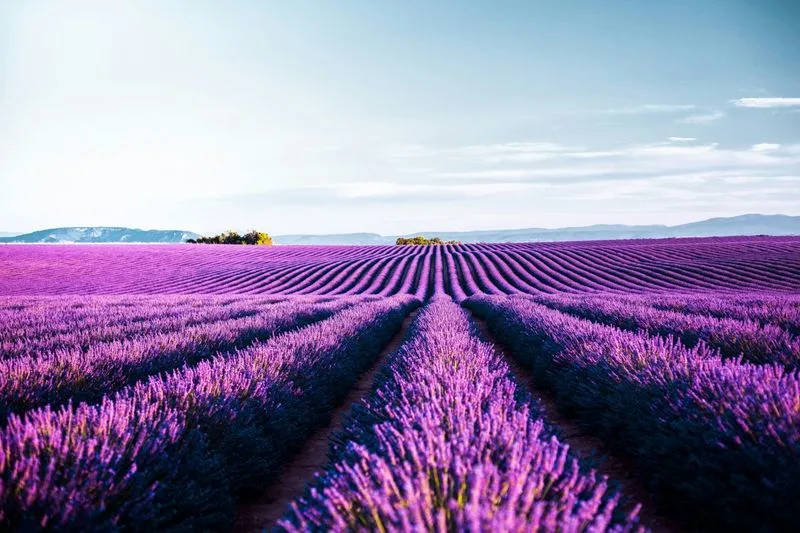
Lavender exudes calm. Known for its soothing scent, it’s a favorite in aromatherapy. In gardens, it offers more than fragrance. This hardy plant withstands drought, thriving in sunny, well-drained areas. Its purple blooms attract pollinators, supporting biodiversity.
Lavender’s silver-gray foliage is visually appealing. Its versatility extends to culinary uses, adding flavor to dishes. Historically, it symbolized purity and devotion. Whether in a formal garden or a rustic setting, lavender’s charm is undeniable. Its ability to thrive with little care makes it a perfect choice for busy gardeners.
Coreopsis
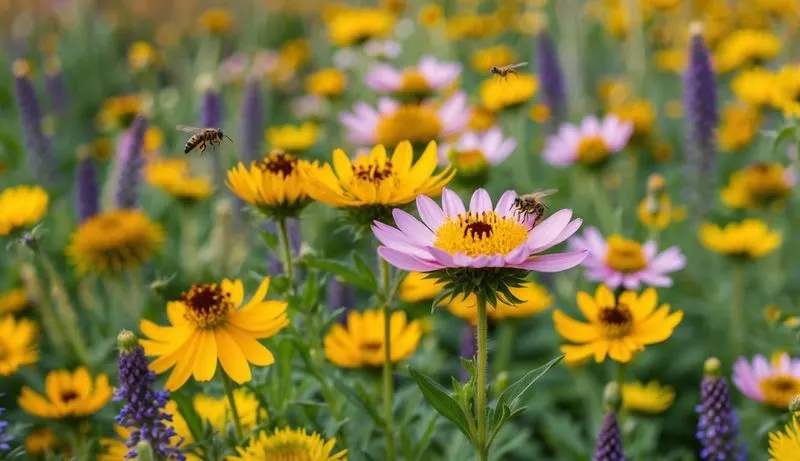
Coreopsis brings sunshine to gardens. Its bright yellow flowers bloom profusely, embodying cheerfulness. This low-maintenance perennial is drought-tolerant, ideal for sunny borders. Coreopsis attracts butterflies, enhancing its appeal.
Native to North America, it thrives in poor soil. Its long blooming period provides consistent color. Gardeners love its resilience and ease of care. Coreopsis seeds were historically used by Native Americans for dye. Its sunny disposition and hardworking nature make it a garden favorite. It’s a plant that truly earns its keep.
Daylily
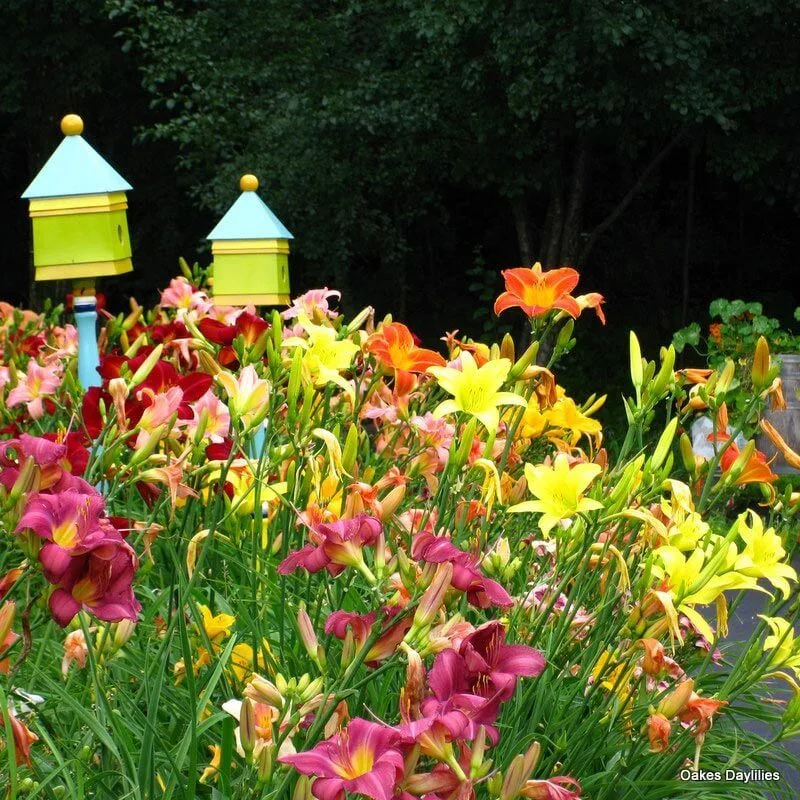
Daylilies are a gardener’s delight. Known for their vibrant colors and ability to thrive in diverse conditions, they bloom prolifically. Each flower lasts a day, but new ones appear daily, offering continual beauty. Daylilies are drought-resistant, suitable for various landscapes.
Their adaptability makes them perfect for problem areas in gardens. Originating from Asia, they have a rich history in horticulture. Gardeners prize them for ease of cultivation and long-lasting blooms. With minimal effort, daylilies bring maximum impact. Their hardiness and visual appeal make them indispensable in any June garden.
Coneflower
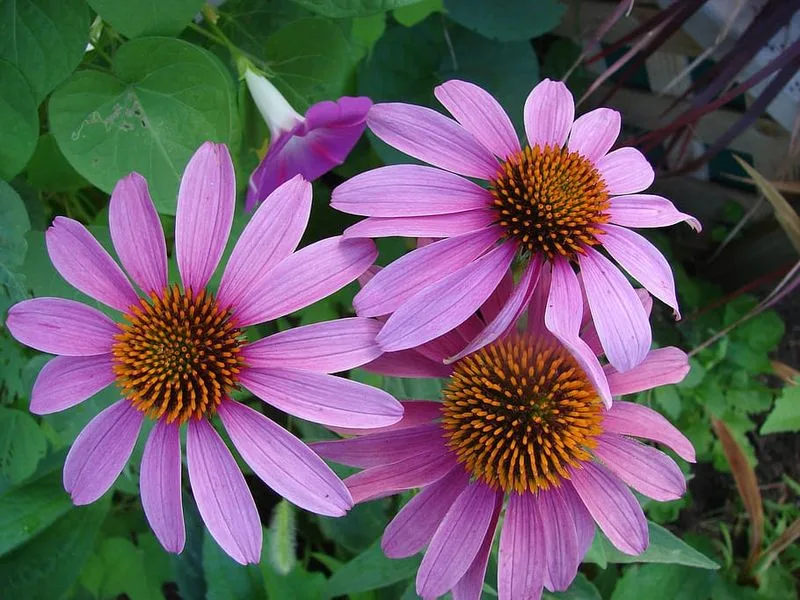
Coneflowers stand tall. Their distinctive shape and vibrant colors make a statement. Known for attracting pollinators, they’re crucial in any eco-friendly garden. Coneflowers are drought-tolerant, thriving in full sun.
Their resilience extends to pest resistance, requiring little maintenance. Native to North America, they’ve been used traditionally for medicinal purposes. Gardeners appreciate coneflowers for their long blooming season and ability to withstand heat. These hardworking flowers add vertical interest and dynamic flair to garden beds. Their presence is a testament to nature’s resilience.
Black-eyed Susan
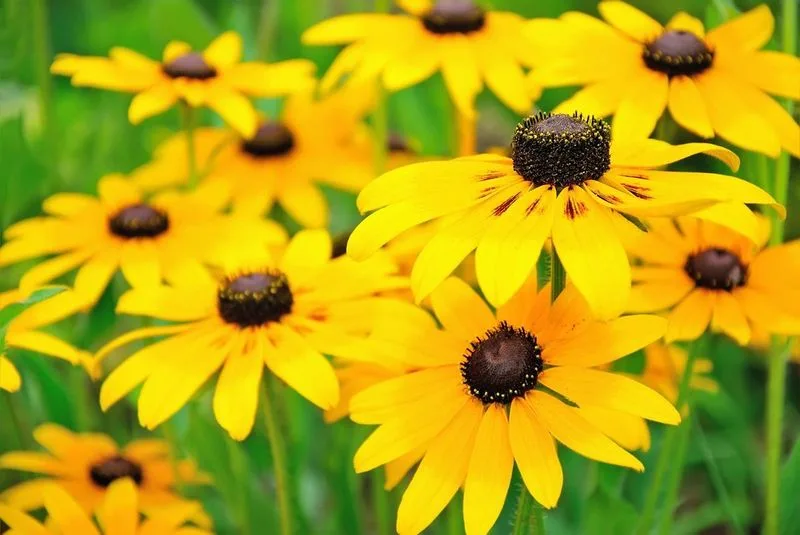
Black-eyed Susans embody summer warmth. With their golden petals and bold black centers, they bring cheer to gardens. These perennials are drought-tolerant and thrive in sunny areas, making them a staple in many landscapes.
Black-eyed Susans attract butterflies and bees, promoting biodiversity. Their hardiness and adaptability make them easy to grow. They require minimal watering and resist pests. Historically, they’re native to North America, reflecting the prairie landscapes. Gardeners value them for their vibrant color and reliability. They are a testament to nature’s beauty and resilience.
Salvia
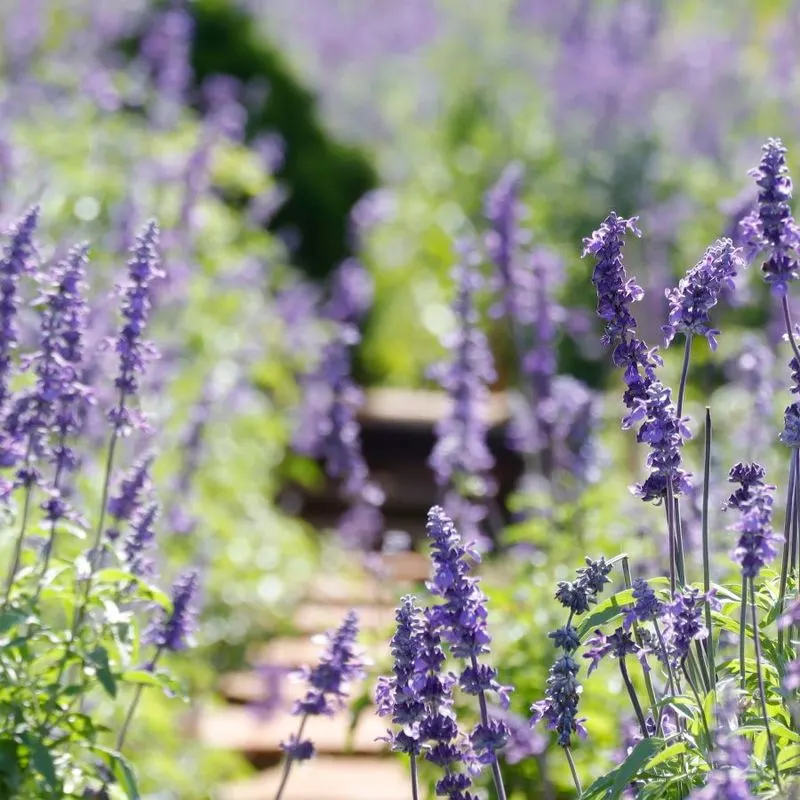
Salvia is a garden staple. Known for its striking spires of blue and purple flowers, it attracts pollinators like bees and butterflies. This perennial thrives in sunny, well-drained soil. Its drought resistance makes it ideal for low-maintenance gardens.
Salvia adds vertical interest and texture to flower beds. Historically, it was used for its medicinal properties. Modern gardeners appreciate its long blooming period and easy care. Salvia’s vibrant hues and ecological benefits make it a valuable addition to any garden. Its presence ensures a lively and colorful landscape.
Yarrow
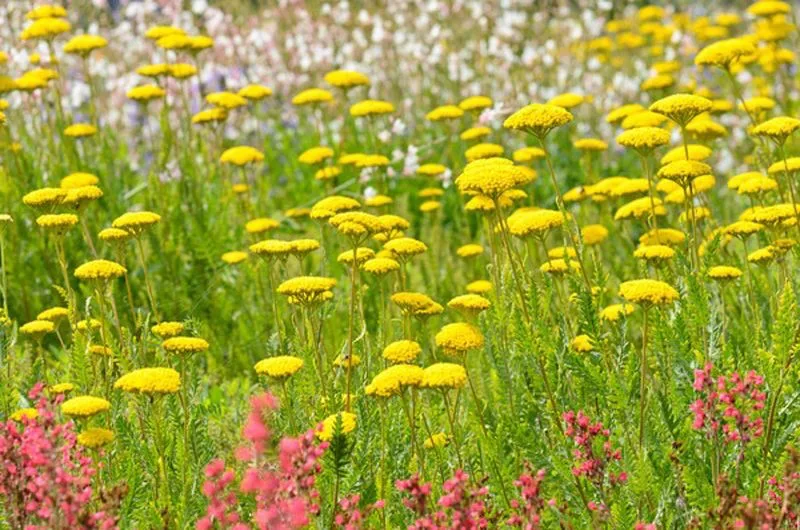
Yarrow is a garden multitasker. Its clusters of tiny flowers come in various colors, including white and yellow. Yarrow is drought-tolerant, thriving in poor soil. It attracts beneficial insects, aiding in pest control.
Gardeners appreciate yarrow for its medicinal qualities and ease of care. Its feathery foliage adds texture and visual interest. Historically, it was used for wound healing. Today, it’s valued for its ecological contributions. Yarrow’s hardiness and adaptability make it a favorite for naturalistic gardens. Its presence promotes a balanced ecosystem.
Gaillardia
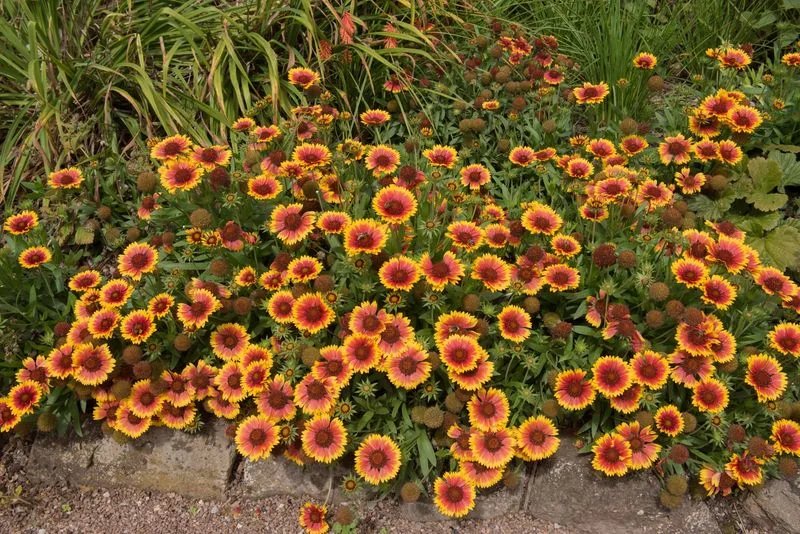
Gaillardia, known as blanket flower, is a burst of color. Its red and yellow blooms resemble vibrant sunbursts. Drought-resistant and sun-loving, gaillardia is ideal for low-maintenance gardens. This perennial attracts butterflies, enhancing its charm.
Native to North America, it thrives in poor soil, making it versatile. Gaillardia’s long blooming season provides continuous color. Gardeners value it for resilience and minimal care needs. Its striking appearance and adaptability make it a standout choice. Gaillardia is a testament to the beauty of hardy plants. It adds warmth and vibrancy to any garden.
Zinnia
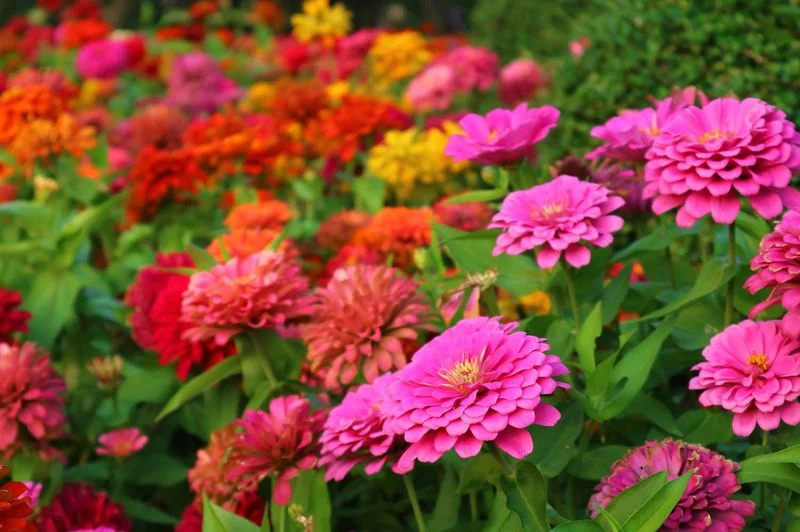
Zinnias are a burst of joy. Their bright, cheerful blooms come in a variety of colors, from bold reds to soft pinks. Zinnias are sun-loving and easy to grow, making them ideal for beginner gardeners.
These annuals are perfect for adding color to garden beds and borders. They attract pollinators, supporting local ecosystems. Zinnias have a long history, originating from Mexico. Their resilience and vibrant hues make them a popular choice. They provide continuous blooms throughout the season, ensuring a lively garden. Zinnias are a symbol of lasting affection and friendship.

